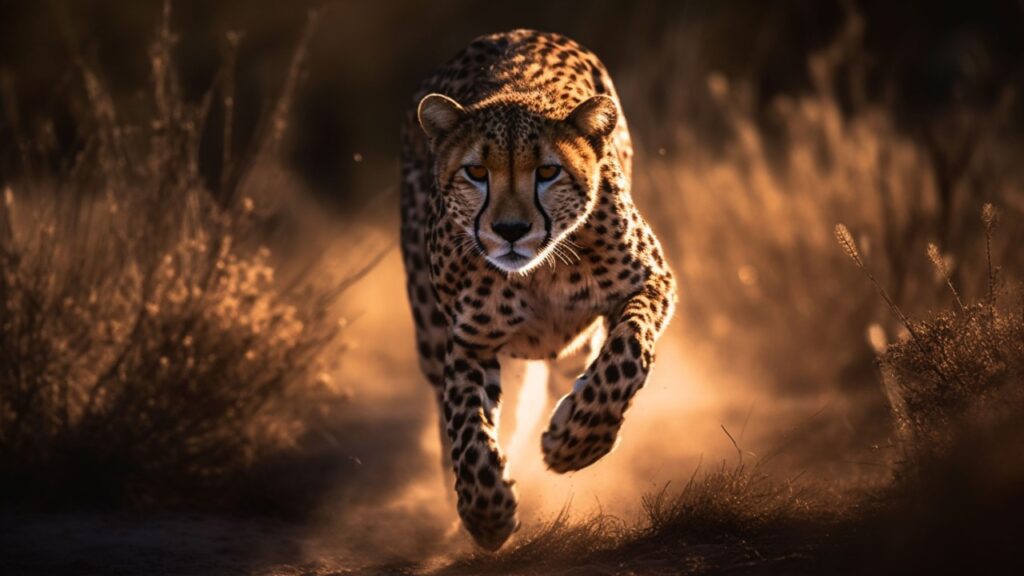Wildlife trafficking is a global crisis that threatens the survival of many species. These animals are caught and sold illegally, often for their body parts or as exotic pets. Understanding which animals are most at risk can help us protect them better and fight against this cruel trade.
African Elephant
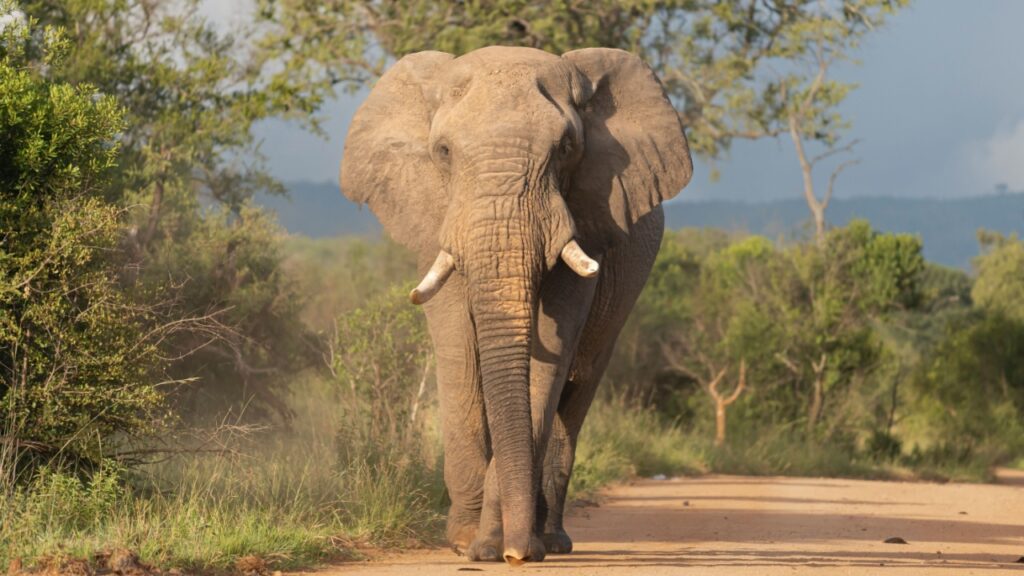
African elephants are hunted mercilessly for their ivory tusks. Poachers kill these gentle giants, leaving behind orphaned calves and disrupted herds. Despite a global ban on ivory trade, the demand for elephant tusks in some parts of the world remains high. This illegal trade has caused elephant populations to plummet in recent decades.
Pangolin
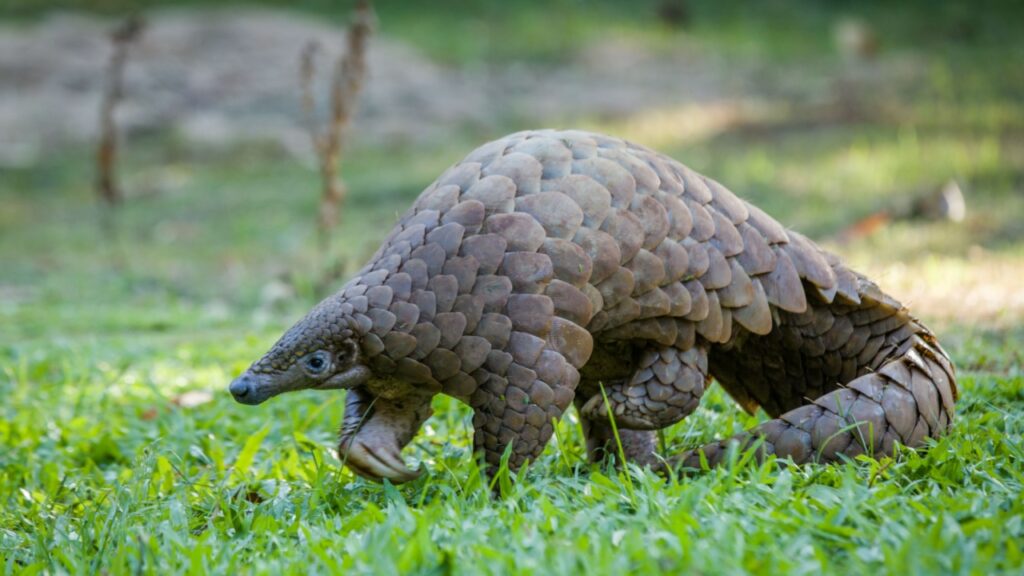
Pangolins are the most trafficked mammals in the world. These scaly anteaters are hunted for their meat and scales, which are used in traditional medicine. All eight species of pangolins are threatened with extinction due to illegal trade. Their slow reproduction rate makes it hard for populations to recover from poaching.
Rhino
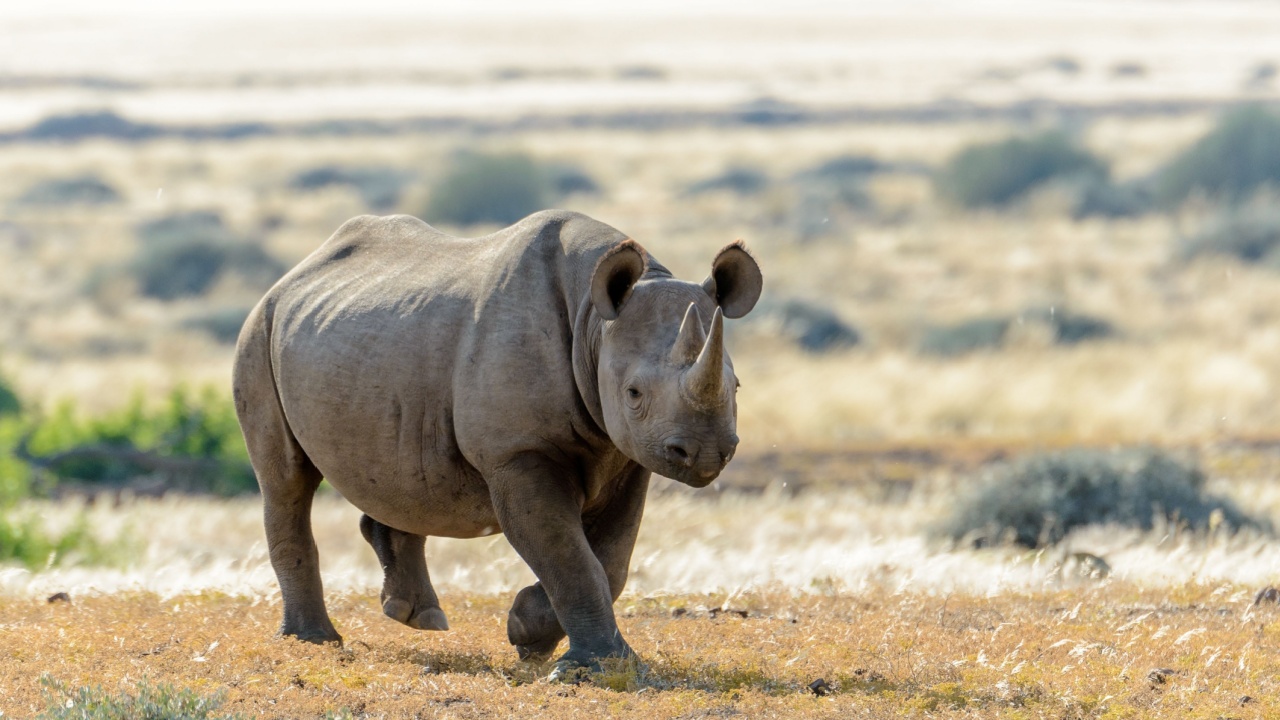
Rhinos are targeted for their horns, which are worth more than gold on the black market. Some people believe rhino horn has medicinal properties, though there’s no scientific evidence for this. Poaching has pushed several rhino species to the brink of extinction. Today, armed guards protect the last remaining northern white rhinos.
Tiger
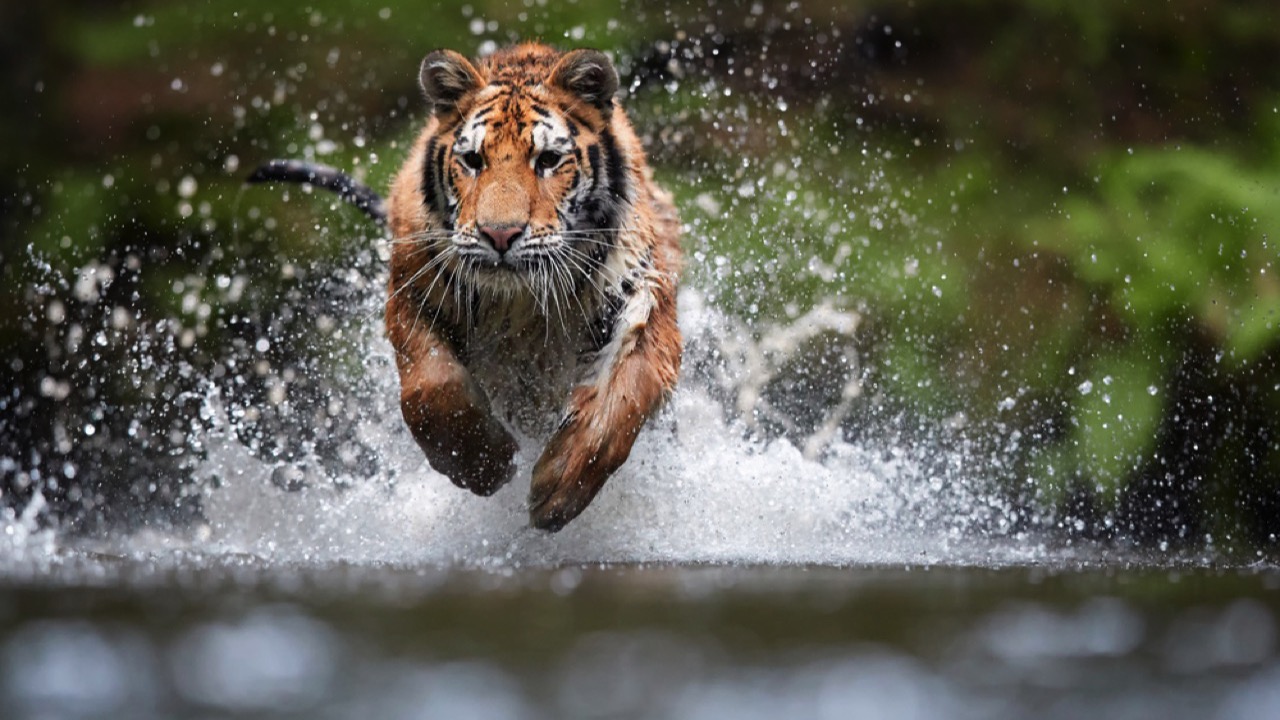
Tigers are hunted for nearly every part of their body. Their bones are used in traditional medicine, their skins for decoration, and their meat as a delicacy. There are now more tigers in captivity than in the wild. Conservation efforts have helped some populations recover, but tigers still face serious threats from poaching.
Sea Turtle
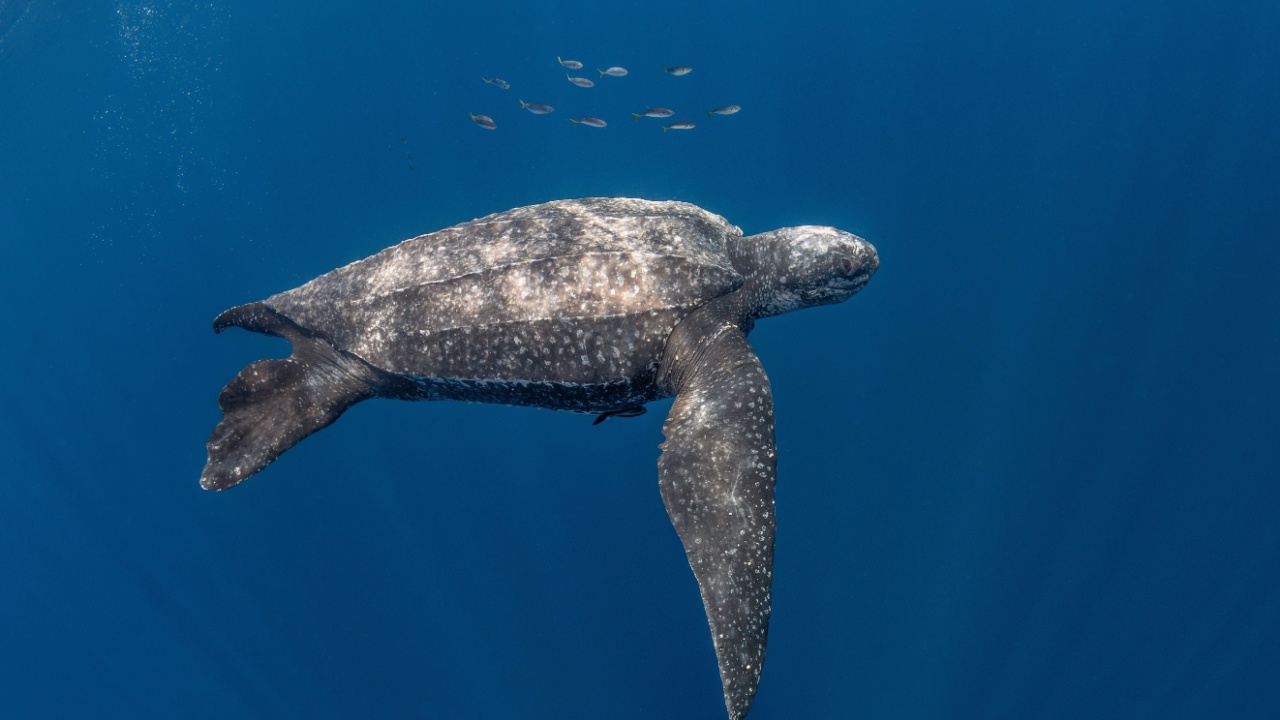
All seven species of sea turtles are threatened by illegal trade. Their eggs are stolen from nests and sold as food. Adults are killed for their meat, shells, and skin. Sea turtles also face threats from habitat loss and climate change. Many conservation groups work to protect nesting beaches and rescue injured turtles.
Gorilla

Gorillas are often caught in the crossfire of civil unrest in their native habitats. They’re hunted for bushmeat or captured to be sold as pets. Infant gorillas are particularly vulnerable, as poachers often kill adult gorillas to capture their young. habitat loss and disease also threaten these intelligent primates.
Orangutan
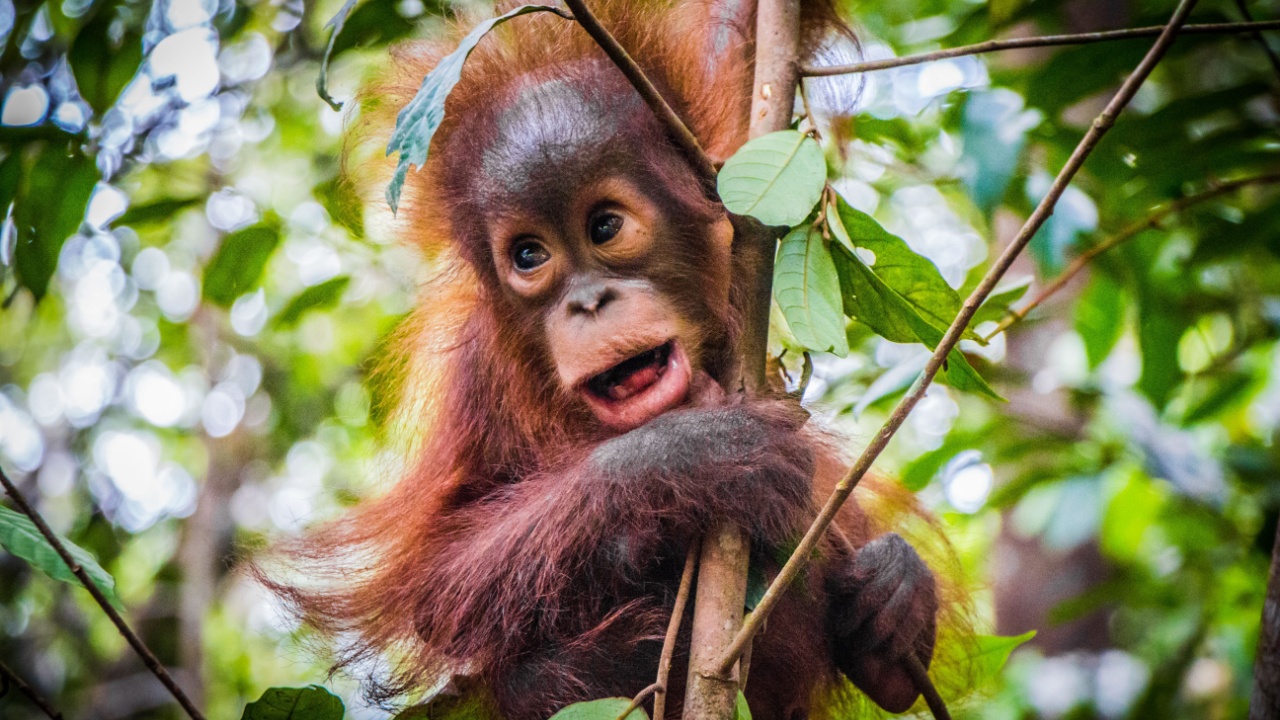
Orangutans are losing their homes to palm oil plantations and forest fires. Baby orangutans are often captured for the illegal pet trade after their mothers are killed. These apes are incredibly intelligent and share 97% of their DNA with humans. Rehabilitation centers work hard to rescue and return orangutans to the wild.
Sun Bear
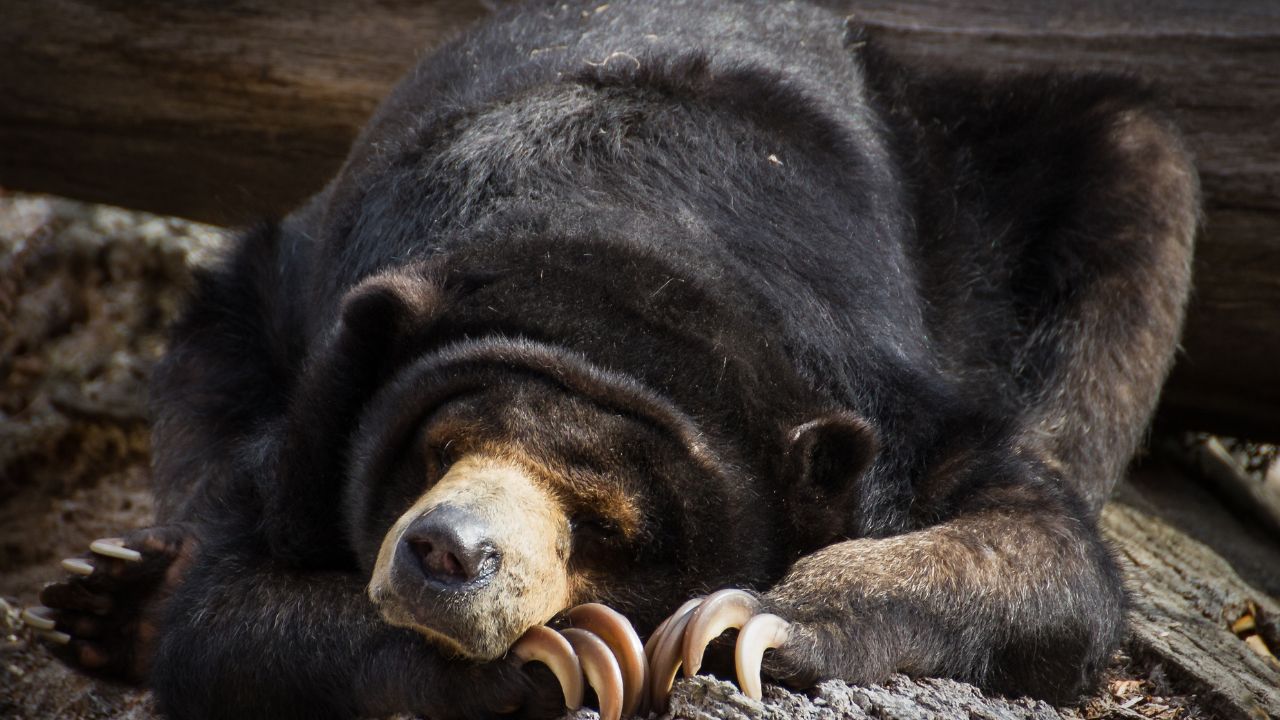
Sun bears, the smallest of all bears, are hunted for their bile and body parts. In some cultures, bear bile is believed to have medicinal properties. Sun bears are also captured for the pet trade or to be used in cruel animal shows. Their forest homes are disappearing due to deforestation, making them even more vulnerable.
Hawksbill Turtle
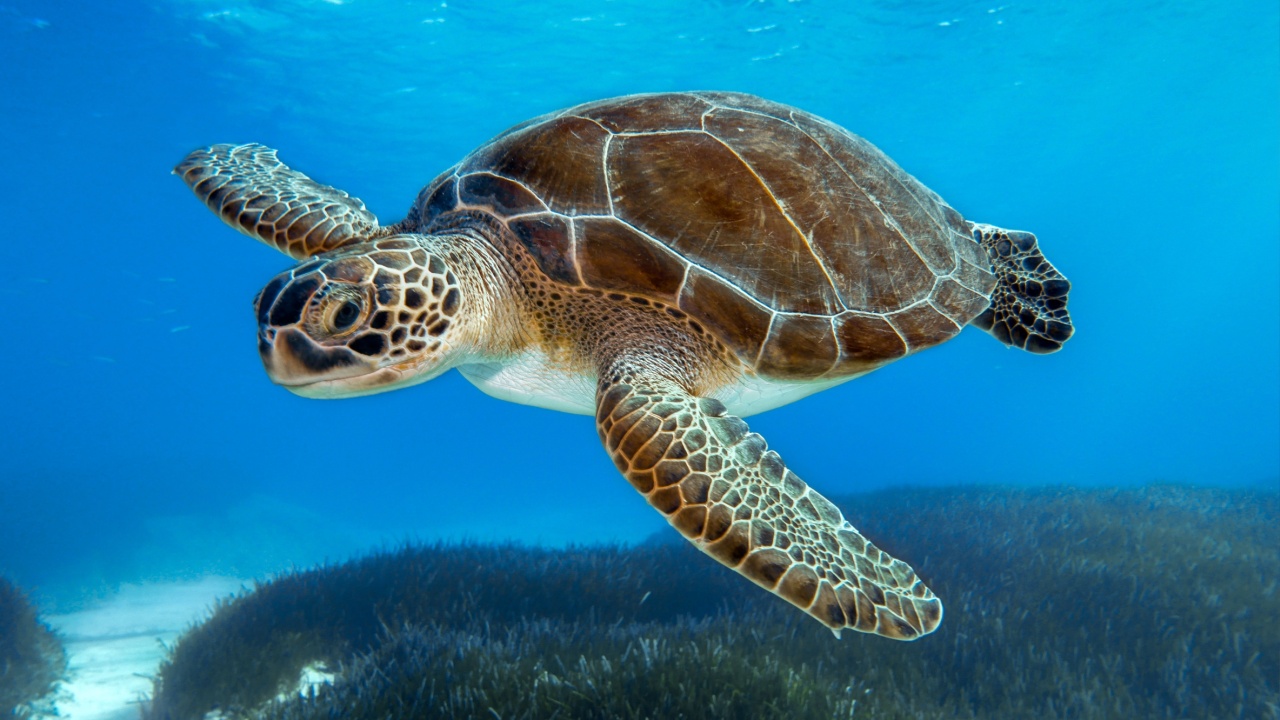
Hawksbill turtles are prized for their beautiful shells, which are used to make jewelry and decorative items. This illegal trade has caused their numbers to drop by over 80% in the last century. Hawksbills play a crucial role in maintaining coral reef ecosystems, but they’re now critically endangered.
African Grey Parrot
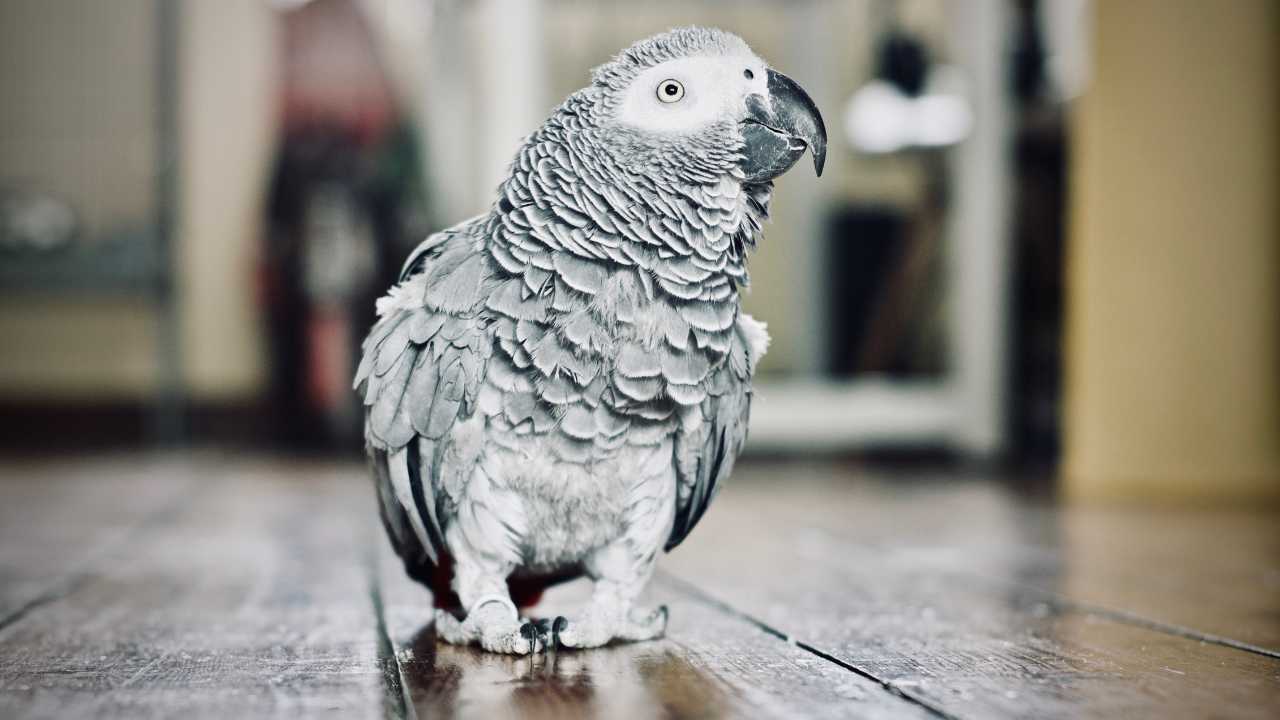
African grey parrots are popular in the pet trade due to their intelligence and ability to mimic human speech. Poachers capture these birds from the wild, often killing many in the process. The stress of capture and transport causes many parrots to die before reaching their destination. Wild populations have declined dramatically due to this trade.
Slow Loris
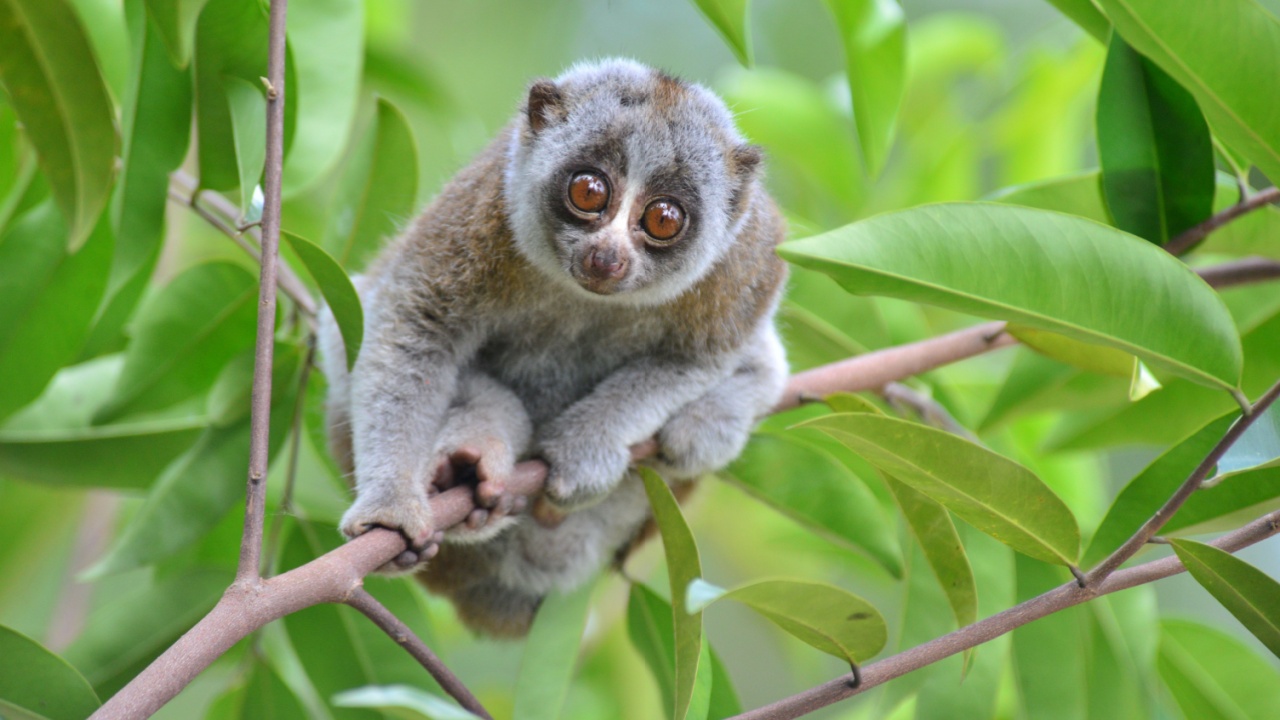
Slow lorises are cute primates that have become victims of the exotic pet trade. Videos of pet lorises went viral online, increasing demand for these wild animals. However, slow lorises are venomous and their teeth are often cruelly removed before sale. This illegal trade, combined with habitat loss, threatens all slow loris species.
Saiga Antelope
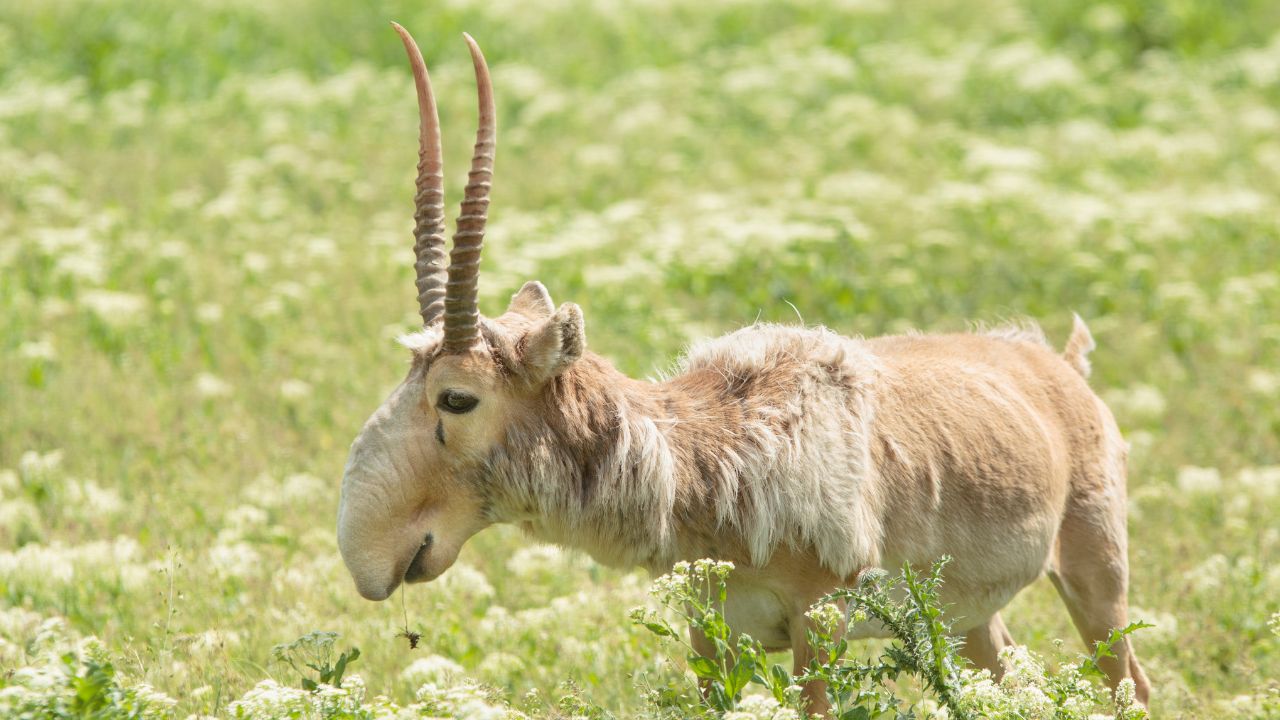
Saiga antelopes are hunted for their horns, which are used in traditional Chinese medicine. These unusual-looking antelopes once roamed in the millions across Central Asia. Today, they’re critically endangered due to poaching and habitat loss. Recent disease outbreaks have made their situation even more precarious.
Vaquita
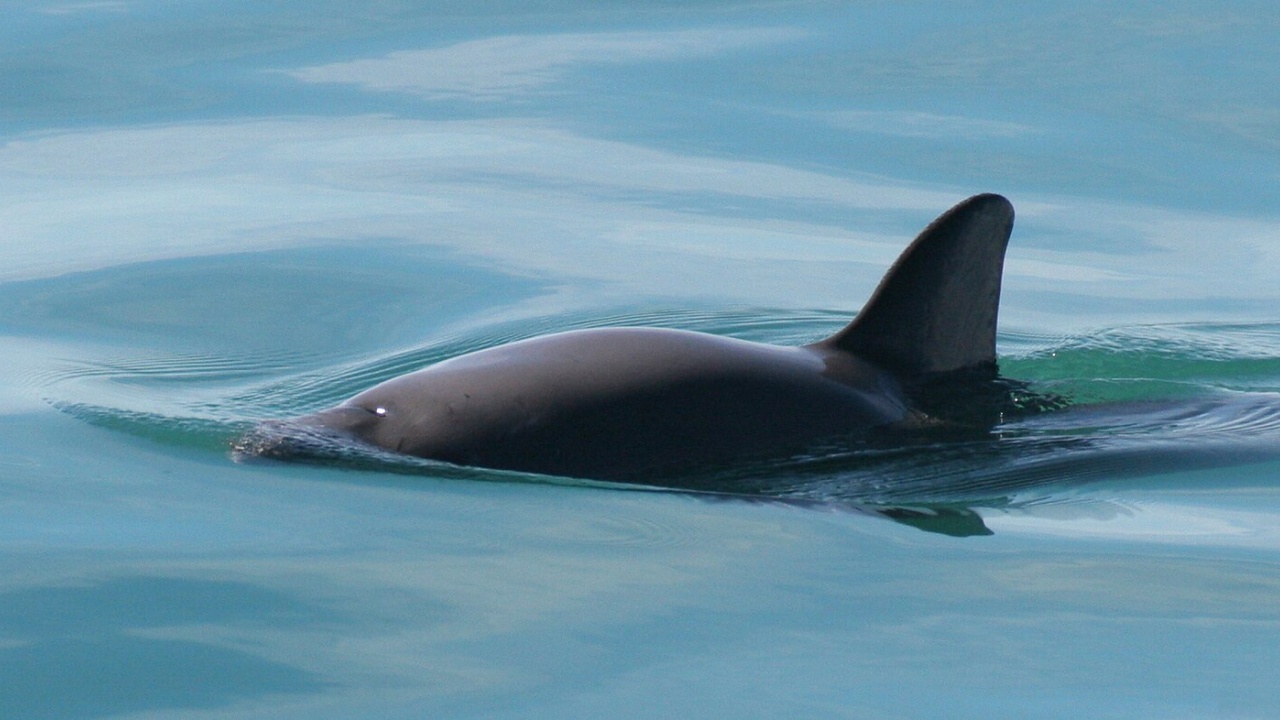
The vaquita is the world’s most endangered marine mammal. These small porpoises are often caught accidentally in gillnets set for another endangered species, the totoaba fish. Totoaba swim bladders are highly valued in traditional Chinese medicine. There may be fewer than 10 vaquitas left in the wild.
Helmeted Hornbill
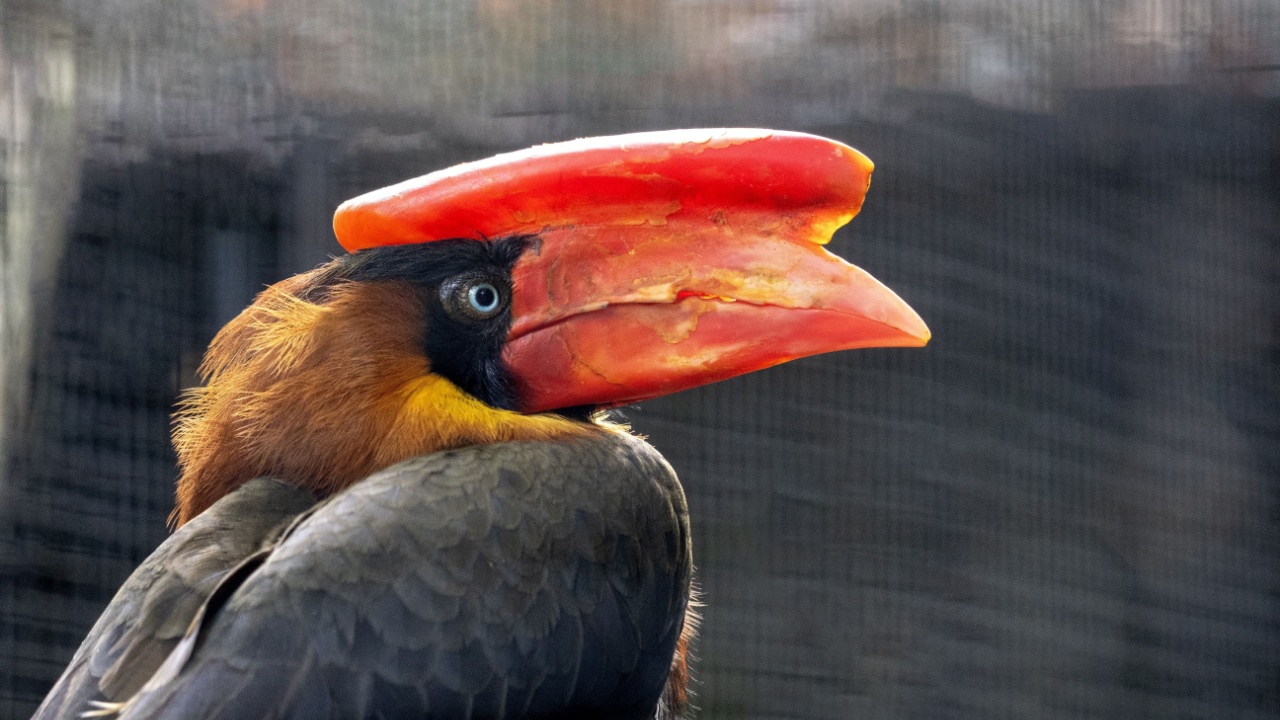
Helmeted hornbills are hunted for their solid casques, which are carved like ivory. Demand for these “red ivory” products has skyrocketed in recent years, pushing the species to the brink of extinction. These large birds play a crucial role in forest ecosystems, dispersing seeds of many tree species.
Ploughshare Tortoise
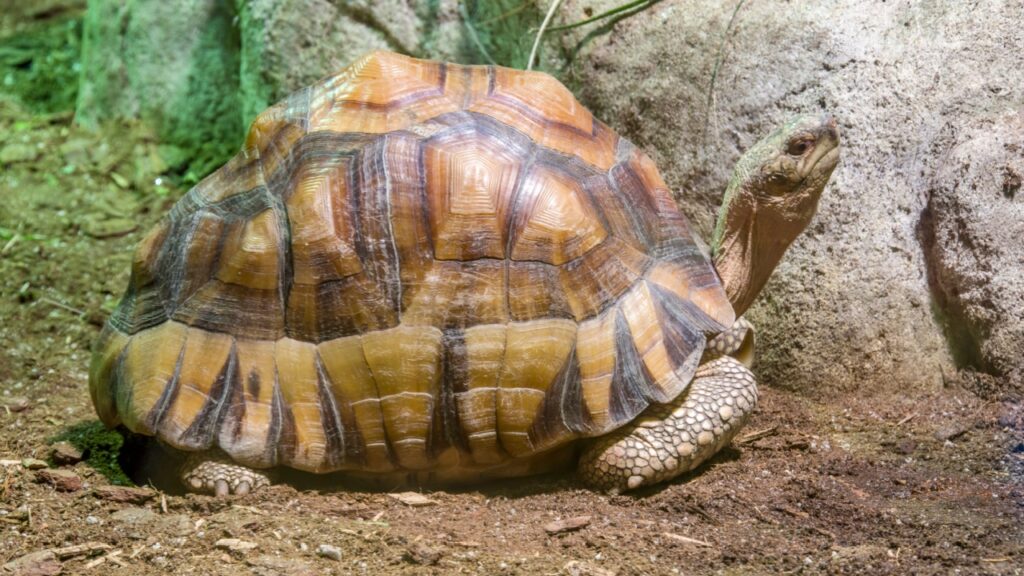
Ploughshare tortoises are critically endangered due to the illegal pet trade. Their beautiful shells make them popular among collectors. There may be fewer than 100 adult ploughshare tortoises left in the wild. Conservation efforts include marking the shells of wild tortoises to make them less desirable to poachers.
Totoaba
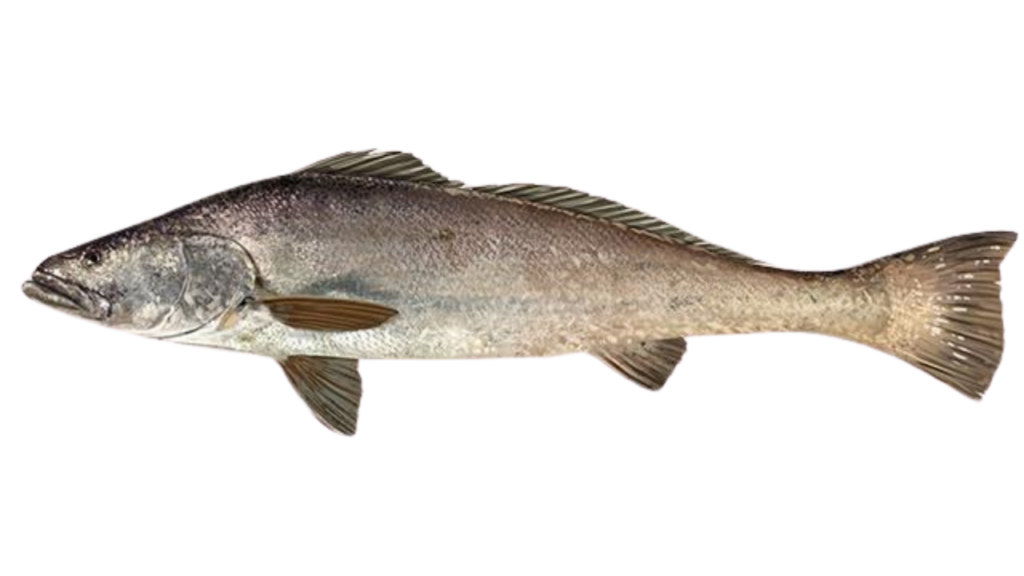
Totoaba fish are poached for their swim bladders, which are considered a delicacy in China. This illegal fishing is also the main threat to the vaquita porpoise, which gets caught in totoaba nets. Despite being protected, demand for totoaba bladders remains high, driving both species towards extinction.
Eel
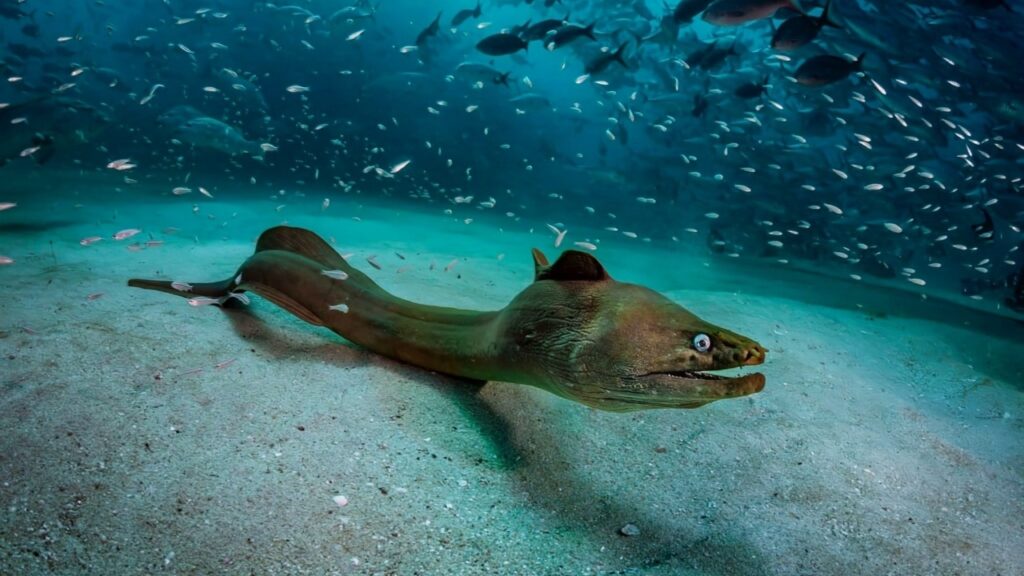
European and American eels are heavily trafficked for food markets in Asia. Baby eels, called glass eels, are especially valuable. Billions of eels are caught and shipped illegally each year. This trade threatens eel populations and disrupts entire river ecosystems where eels play important roles.
Cheetah

Cheetahs are trafficked as exotic pets, particularly to the Middle East. Cubs are taken from the wild, and many die during capture or transport. Those that survive often suffer from poor care in captivity. This illegal trade, combined with habitat loss and conflict with humans, has greatly reduced wild cheetah populations.
Becky is a fervent wildlife enthusiast and pet care expert with a diploma in canine nutrition. Her love for animals stretches beyond the domestic, embracing the wild tapestry of global fauna. With over a decade of experience in animal welfare, Becky lends her expertise to OutlandishOwl through insightful articles, captivating wildlife information, and invaluable guidance on pet nutrition. Her work embodies a deep commitment to understanding the intricate lives of animals and a passion for educating others on sustaining natural habitats. Becky's hands-on conservation efforts and her knack for translating complex dietary science into practical pet feeding tips make her an indispensable voice for creatures great and small.

